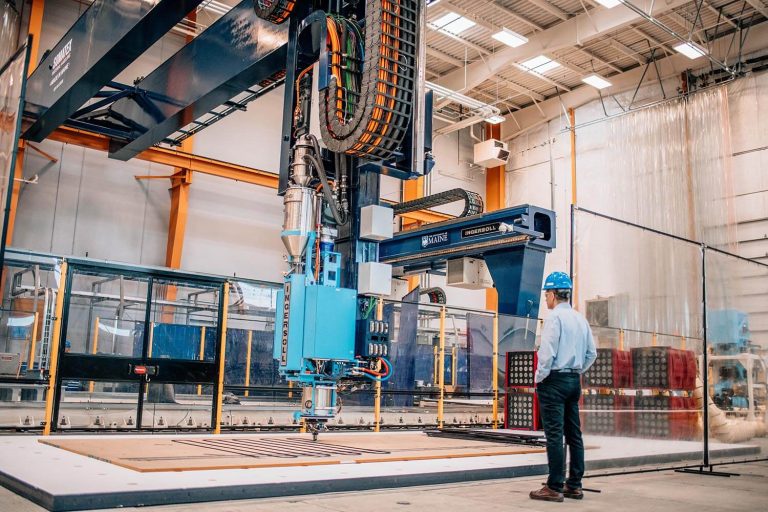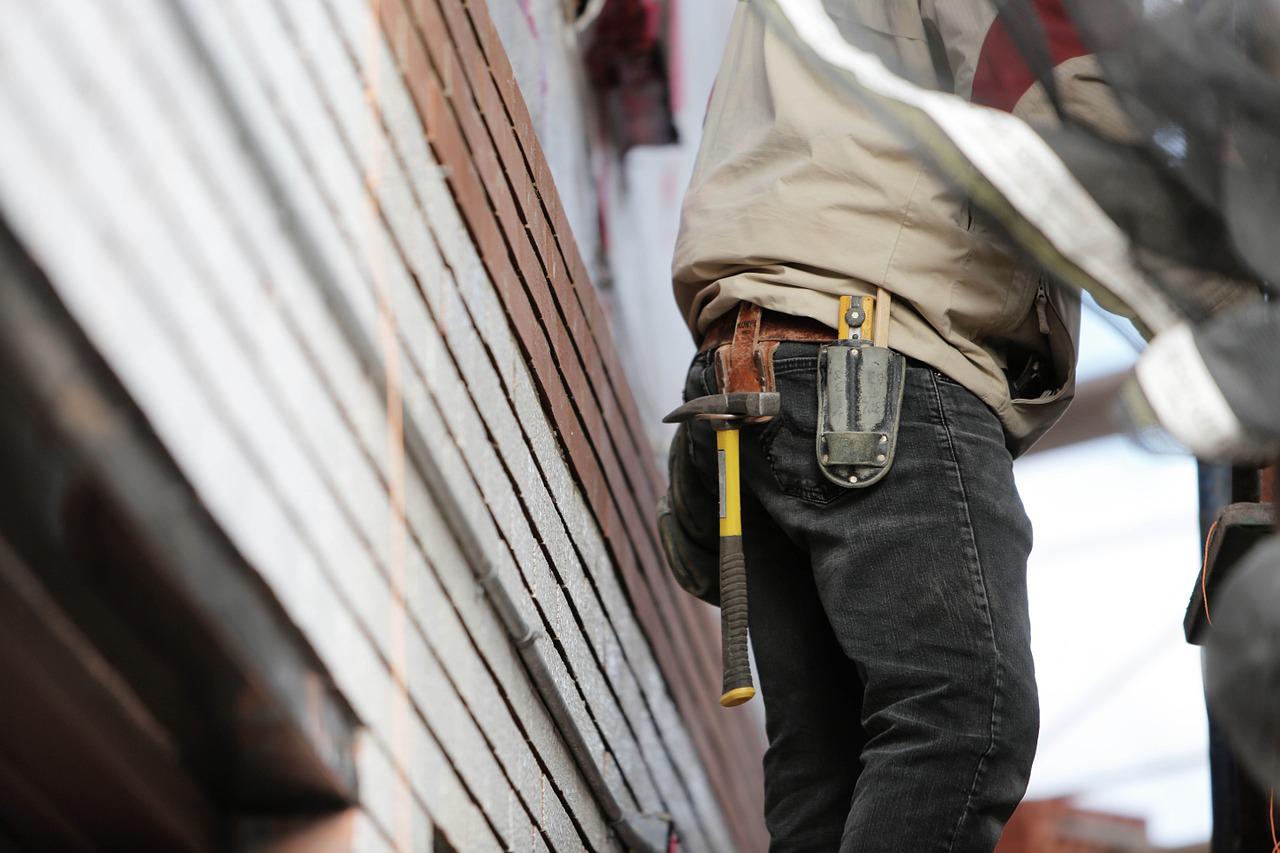Ever wondered how to strike the perfect balance between style and longevity in your outdoor spaces? WPC decking might just be the answer you’re looking for. This innovative material is swiftly becoming a favorite among homeowners, architects, and designers alike.
What is WPC Decking?
Wood-Plastic Composite (WPC) decking combines the beauty of wood with the durability of plastic. Wood fibers and recyclable plastics make up this composite substance. These ingredients create a durable decking solution that withstands weather and regular wear.
Heating, combining, and cooling these materials creates a solidified board. This process creates a plastic-based product that looks like wood but is more durable.
Overall, WPC decking is a great outdoor alternative that doesn’t sacrifice design or durability. Architects and designers love its beauty and durability for elegant, long-lasting outdoor living spaces.
Aesthetic Appeal and Versatility
WPC decking excels in its ability to mimic natural wood. Unlike other synthetic materials, WPC decking replicates the authentic, organic texture and appearance of real timber. It’s the result of blending wood fibers with recycled plastics – a process that preserves the beauty of traditional wooden decks while also adding a layer of plastic durability.
Mimicking Natural Wood
Let me share an experience I had when I first saw WPC decking at a home improvement store. Walking down the aisle, my eyes were drawn to what looked like planks of beautifully grained timber. On closer inspection, I realized it was actually WPC decking. The resemblance to natural wood took me by surprise!
The manufacturers had meticulously crafted each plank so it not only looked like genuine timber but also felt like it underfoot. This detail is crucial for homeowners who want to maintain a traditional aesthetic in their outdoor spaces without sacrificing durability.
Now let’s look at some specifics:
- Grain Patterns: Each WPC deck board showcases intricate grain patterns that are almost identical to those found in real hardwoods.
- Colors: Available in various hues ranging from light oak to dark walnut, matching your existing décor or creating contrast is easy with WPC decking.
- Texture: The boards feature a realistic wood-like texture that feels great underfoot and adds an extra element of authenticity.
Remember, this isn’t just about mimicking natural wood; it’s about enhancing it! By merging aesthetics with versatility, we’re able to enjoy all the benefits associated with classic wooden decks minus their inherent vulnerabilities such as rotting or warping due to weather conditions.
Durability and Resilience
In the realm of outdoor decking, WPC holds a solid reputation for its durability. This resilience originates from the blend of wood fibers and recycled plastics. Let’s delve into specifics on how this material withstands various elements.
Weather Resistance
When it comes to weather resistance, WPC decking stands tall. Unlike traditional wooden decks, which can warp or fade under harsh weather conditions, WPC doesn’t flinch. It maintains its color and structural integrity in all seasons – be it scorching summer heat or freezing winter chill.
I remember my first spring with my WPC deck – while my neighbors were busy sanding down their wooden decks after a tough winter, I was sipping coffee on mine without any worries about maintenance!
Resistance to Rot and Insects
Worries about rotting wood or insect infestations often accompany traditional timber decks. However, with WPC decking, those concerns are things of the past! The plastic component in WPC acts as an impenetrable barrier against these common threats.
Low Maintenance Requirements
Compared to traditional wooden decks, WPC decking presents a significant advantage: its low maintenance requirements. Unlike wood, it doesn’t demand constant sanding, staining or sealing to maintain its appearance and structural integrity. This gives you more time for enjoyment rather than laborious upkeep.
For instance, picture this: You’ve installed a beautiful wooden deck in your backyard. It looks fantastic initially but after a year of exposure to the elements – rain, sun, snow – it starts to fade and warp. Now you’re faced with the arduous task of re-sanding and re-staining it just to restore its original beauty.
On the other hand, imagine installing a WPC deck instead. It braves all seasons without losing color or warping shape. A simple sweep or wash is typically all that’s needed to keep it looking fresh and new year-round.
To illustrate this point further:
| Traditional Wooden Deck | WPC Deck |
| Requires regular sanding, staining or sealing | Only needs occasional sweeping or washing |
| Prone to color fading and warping over time | Retains color and shape through all seasons |
| Susceptible to rotting and insect infestations | Resistant against rotting and insects |
It’s clear that with WPC decking, you’re trading extensive maintenance for minimal care while still enjoying the aesthetic appeal of natural wood.
Eco-Friendly Alternative
In the world of decking, WPC proves itself as an eco-friendly alternative. Let’s dive into how it helps in reducing wood consumption and its recyclability.
Reduced Wood Consumption
One of the main advantages of WPC decking is that it significantly reduces wood consumption. As a composite material, it combines reclaimed wood fibers with recycled plastic. To put this into perspective, consider a typical WPC deck board which consists of 50% recycled plastics and 50% reclaimed wood fibers. This ratio implies that for every square foot of WPC decking produced, half the amount of new lumber is saved compared to traditional wooden decks.
There isn’t just environmental benefit in this – there’s financial upside too! By using less new lumber, manufacturers can cut down on their raw material costs. That saving often trickles down to us consumers in the form of lower prices for our beautiful and durable decks.
High Recyclability
Not only does WPC save on initial raw materials but it also offers high recyclability at end-of-life stage. Once your beloved deck has served its purpose and is ready for replacement, don’t fret about dumping it in a landfill – because you don’t have to!
WPC decking can be broken down and repurposed into new products or even reprocessed back into deck boards again. This “cradle-to-cradle” cycle ensures we get maximum utility from each piece while minimizing waste output.
So next time you’re admiring your stunningly resilient deck underfoot, take a moment to appreciate not just its beauty but also its contribution towards a healthier planet.
Conclusion
Decking made of wood-plastic composite redefines stylish durability in outdoor settings. This unique material blends the beauty of natural wood with the durability of plastic, giving homeowners a fashionable and durable option. WPC is made by heating and mixing wood fibers with recycled polymers to create a durable, beautiful product. WPC decking resists harsh weather, decay, and insects, and requires little care. WPC decking is recyclable and reduces wood use. WPC decking is the right combination of design and durability for your backyard or outdoor space. WPC decking is popular among homeowners, architects, and designers because of its natural appearance and durability.







